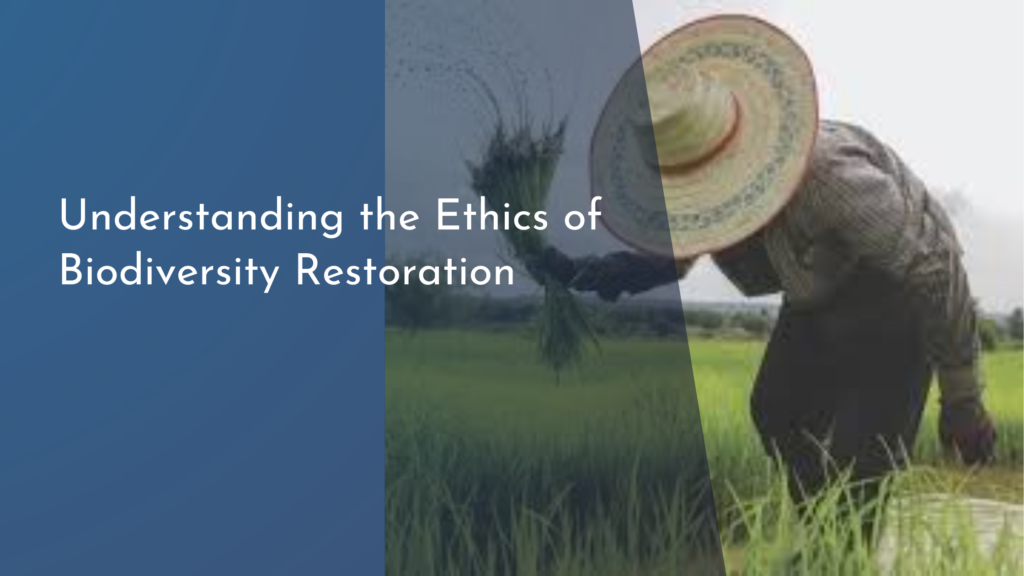The Importance of Perennial Plants in Permaculture
In the quest for sustainable gardening practices, permaculture stands out as a holistic approach that considers the interconnectedness of ecosystems. Among the key elements that contribute to a thriving permaculture system are perennial plants. These plants, which live for multiple years, provide a myriad of benefits that align perfectly with permaculture principles. By embracing perennials, gardeners can create resilient ecosystems that require less maintenance and offer greater rewards over time.
Perennial plants are not just a choice; they are a cornerstone of sustainable gardening. Unlike annuals, which need to be replanted each year, perennials establish deep root systems that enhance soil structure and fertility. With their ability to survive through various seasons, they contribute to a garden’s overall sustainability, providing food, habitat, and beauty year after year. As we delve into the importance of perennials in permaculture, we discover a world of ecological harmony that supports both biodiversity and human needs.
Embracing Perennials: A Sustainable Garden Solution
Perennial plants have a unique ability to adapt to local conditions, making them an essential asset in sustainable gardening. Unlike their annual counterparts, which require regular replanting and often deplete the soil of nutrients, perennials thrive on their established root systems. These roots not only stabilize the soil but also access nutrients that lie deeper underground, reducing the need for chemical fertilizers. By choosing the right perennials for your region, you can create a garden that requires minimal intervention and maintenance, allowing nature to take its course.
Moreover, perennials offer the advantage of seasonal resilience. They can withstand challenges such as droughts, heavy rainfall, and temperature fluctuations better than many annual plants. This resilience makes them a reliable option for gardeners looking to create a low-maintenance space that still yields beautiful blooms and nutritious harvests. In a world increasingly affected by climate change, the ability of perennials to adapt and thrive becomes not just a gardening preference but a necessity for sustainable living.
Benefits of Perennial Plants in Permaculture Systems
The benefits of perennial plants extend far beyond their longevity. In a permaculture system, they contribute to a more stable ecosystem by providing consistent yields over time. This means that gardeners can enjoy a steady supply of fruits, vegetables, and herbs without the need for annual replanting. Additionally, the reduced labor and resource input associated with perennials make them an economically savvy choice. By investing in perennial crops, gardeners can enjoy long-term benefits while reducing their overall gardening costs.
Furthermore, perennial plants play a vital role in nutrient cycling within permaculture systems. They contribute organic matter to the soil through decomposing leaves and roots, fostering a rich environment for beneficial microorganisms. This natural nutrient cycling reduces the need for synthetic fertilizers and promotes the health of the soil. As a result, gardeners can cultivate a thriving ecosystem that not only supports their needs but also enhances the environment, promoting sustainability and resilience.
How Perennials Enhance Biodiversity and Soil Health
Incorporating perennial plants into permaculture systems significantly boosts biodiversity. These plants provide habitats and food sources for various creatures, including pollinators, beneficial insects, and birds. This increased biodiversity leads to a more balanced ecosystem, where natural pest control methods flourish, and plants can thrive without synthetic pesticides. By inviting diverse species into the garden, gardeners create a mini-ecosystem that contributes to the overall health and resilience of their permaculture design.
Soil health is another critical aspect improved by the presence of perennial plants. Their deep-root systems help prevent soil erosion, retain moisture, and improve soil structure. As perennials grow, they contribute organic matter to the soil, which enhances its fertility. Healthy soil not only supports plant growth but also stores carbon and filters water, playing a crucial role in combating climate change. By prioritizing perennials in a gardening strategy, one can create a thriving, self-sustaining ecosystem that benefits both flora and fauna alike.
Easy Ways to Incorporate Perennials into Your Garden
Integrating perennial plants into your garden can be a joyful adventure. Start by assessing your gardening space and climate. Look for native perennials that thrive in your local conditions, as these will require less maintenance and provide essential support to local wildlife. You can experiment with a variety of perennials, such as fruiting shrubs, herbs, and flowering plants, to create a diverse and vibrant garden. Incorporating perennials into existing beds or using them as borders can also help you maximize space while enhancing the overall beauty of your landscape.
Another easy way to introduce perennials is by planting them in layers or guilds. This permaculture principle encourages companion planting, where different species support one another’s growth. For example, combining nitrogen-fixing plants with fruiting perennials can enhance soil fertility while maximizing yield. Additionally, consider starting with perennials in pots or small containers if you’re new to gardening or have limited space. Over time, as they establish, you’ll find they require less care and become a rewarding feature of your garden that thrives alongside the changing seasons.
The importance of perennial plants in permaculture cannot be overstated. They offer a sustainable solution for gardeners who wish to create a flourishing, low-maintenance ecosystem. By embracing perennials, we not only contribute to a healthier environment but also enjoy the myriad benefits of a resilient garden. As we cultivate these plants, we are investing in a brighter, more sustainable future for ourselves and the planet. So, roll up your sleeves, dig into the soil, and let the joy of perennials transform your garden into a thriving haven of biodiversity and beauty!


